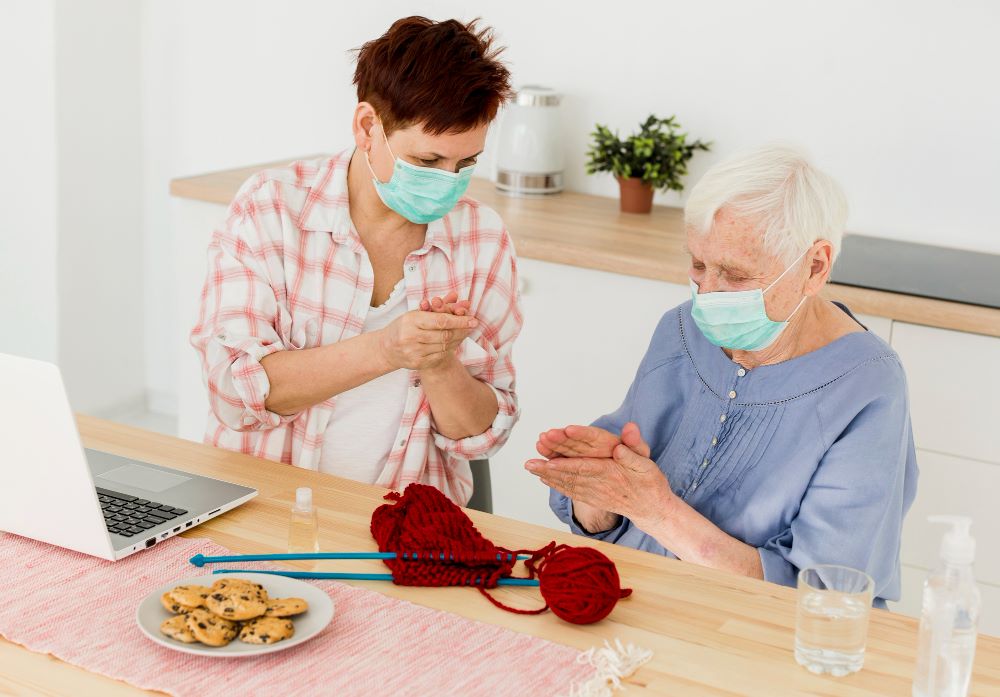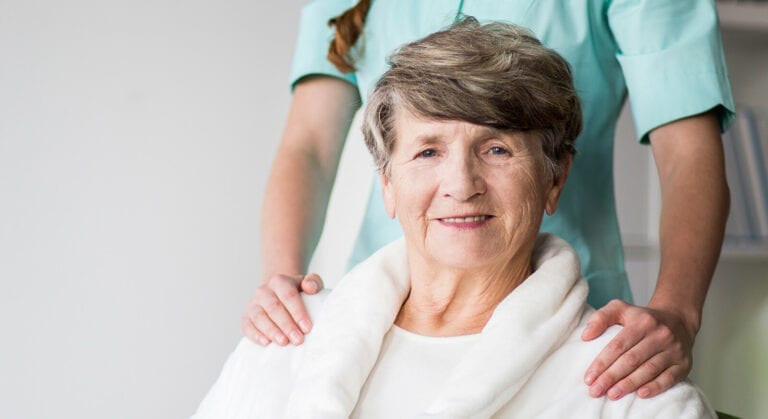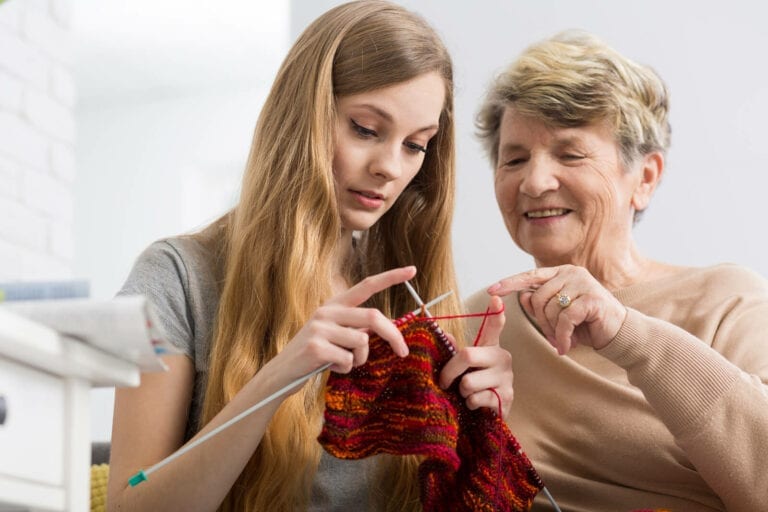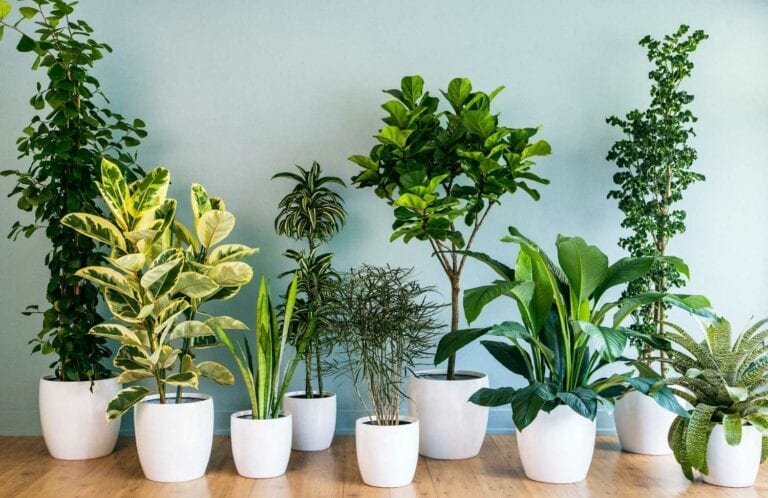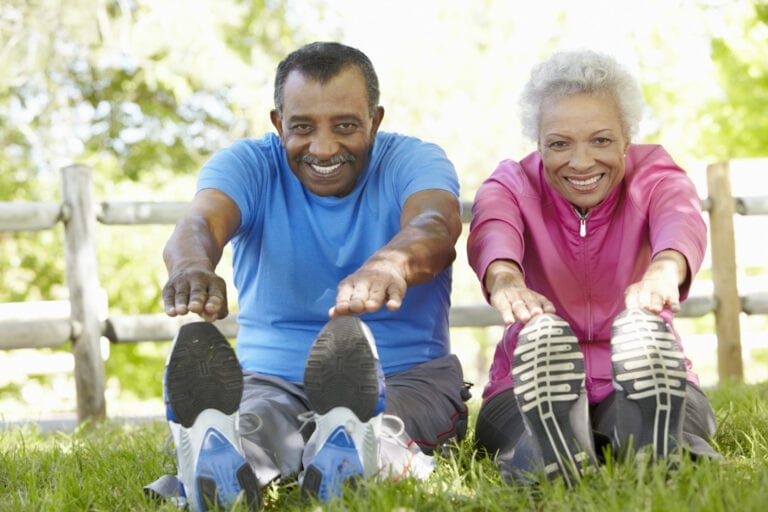Creating a safe and secure bedroom environment is crucial for seniors, as it greatly enhances their overall well-being and reduces the risk of accidents. By implementing practical safety measures, seniors can enjoy a peaceful and comfortable space while maintaining their independence. In this article, we will provide you with valuable bedroom safety tips for seniors, ensuring a secure haven that promotes relaxation and tranquility.
The Importance of Bedroom Safety for Seniors
Ensuring bedroom safety for seniors is of utmost importance, as it significantly contributes to their overall quality of life. The bedroom is a personal sanctuary where seniors spend a substantial amount of time, and it should be a secure space that minimizes potential hazards and maximizes comfort. Implementing safety measures tailored to their needs enables seniors to maintain independence, reduces the risk of falls and accidents, and fosters a sense of security within their own homes.
Home safety for seniors with mobility issues
Bedroom Safety Tips for Seniors
1. Adequate Lighting
Proper lighting is crucial to prevent trips and falls. Ensure the bedroom has sufficient lighting, including nightlights or motion-activated lights near the bed, hallway, and bathroom. Consider installing bedside lamps with easy-to-reach switches to provide seniors with convenient access to illumination during the night.
2. Clear Pathways
Maintaining clear pathways is essential to prevent falls. Remove any clutter, loose rugs, or obstacles that may obstruct walking areas. Secure carpets or rugs with non-slip pads or double-sided tape to prevent tripping. Arrange furniture in a way that allows easy navigation and ensure that cords are neatly tucked away or covered.
3. Safe Bed Design
Investing in a bed that meets the needs of seniors is crucial. Opt for a bed with a suitable height, allowing for easy entry and exit. Install bed rails to provide support and stability when getting in and out of bed. Additionally, use non-slip mattress pads or fitted sheets to prevent slipping.
How to Improve Sleep Quality for Seniors Receiving Home Health Care
4. Grab Bars and Handrails
Installing grab bars and handrails near the bed, as well as along pathways, can provide seniors with valuable support and balance. These assistive devices aid in getting in and out of bed, walking, and maintaining stability, reducing the risk of falls.
5. Adequate Bedside Surfaces
Ensure there are sufficient bedside surfaces within reach to avoid unnecessary stretching or reaching. Seniors should be able to access items such as glasses, medications, or water without straining themselves. Consider using nightstands or wall-mounted shelves for easy access.
6. Fall Prevention Measures
Taking proactive measures to prevent falls is essential. Install bed alarms or motion sensor devices that alert caregivers or family members if the senior gets out of bed. These can provide early warning signs and prompt assistance, reducing the risk of injury.
A Complete Checklist for Caring for Your Aging Parent
Conclusion
Creating a safe bedroom environment for seniors is crucial for their well-being and independence. By implementing practical safety measures such as adequate lighting, clear pathways, safe bed designs, and assistive devices, you can significantly reduce the risk of accidents and promote a sense of security. Remember to regularly assess the bedroom for potential hazards and make necessary adjustments. By prioritizing bedroom safety, you ensure that your loved ones can enjoy a comfortable and secure space that enhances their overall quality of life.

